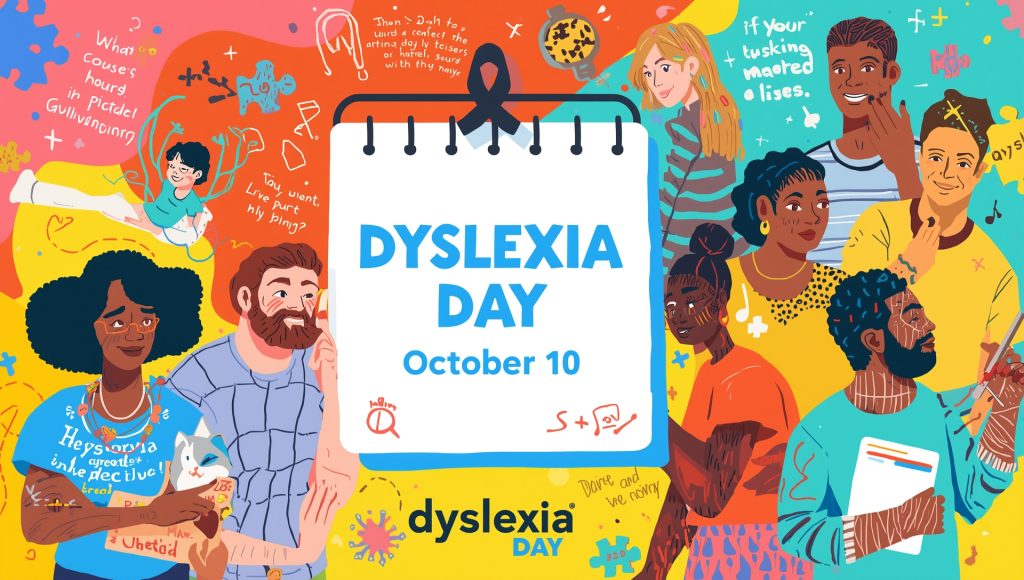Imagine struggling to read the words on a page even though your mind races with ideas. Dyslexia is a learning difference that affects millions worldwide, yet many still misunderstand it. Every October 10, people pause for Dyslexia Day, a chance to spread awareness and fight stigma. Instead of treating it as a hidden challenge, this day reminds us that dyslexia shapes how people think, not how smart they are. Schools, families, and workplaces all use this time to spotlight strengths while supporting those who need help. Why does this matter? Because recognizing differences helps build fairer opportunities for kids and adults alike. Celebrating this day brings stories forward, fuels community pride, and pushes for better resources. The message is simple: understanding opens doors, and awareness changes lives.
Key Takeaway
Dyslexia Day on October 10 raises awareness and promotes support for people with learning differences.
The day highlights strengths of dyslexic individuals while calling for better resources and fair opportunities.
Timeline
Day Activities
-
Students join reading events, sharing stories written by or about people with dyslexia.
-
Communities hold workshops that explain how to support children and adults facing reading difficulties.
-
Online platforms flood with campaigns led by charities, educators, and advocates encouraging acceptance and resources.
Interesting Facts
1. Famous Figures
Albert Einstein and Leonardo da Vinci are believed to have had dyslexia.
2. Brain Processing
Dyslexic brains handle language differently, often excelling in visual thinking.
3. Global Reach
Around 10% of the world population has dyslexia.
4. Strengths
Many dyslexics shine in creativity and problem-solving skills.
5. Early Support
Early intervention greatly improves reading and writing skills.
Why We Love This Day
-
Awareness builds change. Dyslexia Day shines a light on real struggles while pushing schools and workplaces to adjust. More inclusive classrooms and accessible tools mean fewer kids fall behind. Recognizing these needs paves the way for stronger communities where support is normalized rather than rare.
-
Celebrating strengths matters. Too often dyslexia gets defined only by limits. This day flips the script, showing how dyslexic minds bring fresh ideas, inventive solutions, and creative leaps. Seeing role models succeed encourages others to value different ways of learning, creating pride instead of shame.
-
Families find solidarity. Parents, teachers, and students come together, sharing stories that make people feel less alone. That shared experience creates bonds and motivates action. Each October 10 becomes a yearly reminder that progress requires both compassion and persistence, not just quick fixes or sympathy.
Past & Future Dates
| Month | Day | Year |
|---|---|---|
| OCTOBER | 10 | 2022 |
| OCTOBER | 10 | 2023 |
| OCTOBER | 10 | 2024 |
| OCTOBER | 10 | 2025 |
| OCTOBER | 10 | 2026 |
| OCTOBER | 10 | 2027 |
| OCTOBER | 10 | 2028 |
